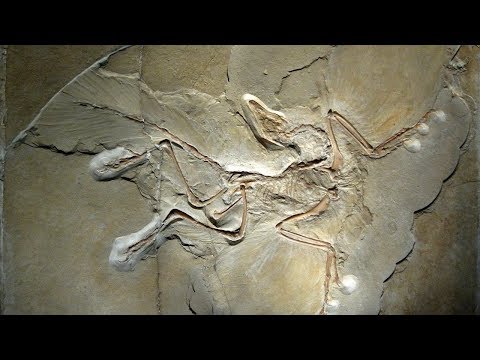Description:
Explore the fascinating world of Archaeopteryx in this 52-minute lecture by Dr. Jon Noad from Gran Tierra Energy. Delve into the palaeontological history and ecological niche of this iconic Late Jurassic creature, often considered the transitional species between dinosaurs and birds. Discover the stories behind the twelve known specimens, their remarkable preservation in the Solnhofen Limestone, and the unique depositional environment that led to their fossilization. Learn about the comparative anatomy of Archaeopteryx, its similarities to both birds and small theropod dinosaurs, and recent studies on its plumage and potential for flight. Examine the taphonomy, growth curves, and hunting behaviors of this magpie-sized creature, and consider the ongoing debates surrounding its ability to fly and its place in avian evolution. Gain insights into the spectacular pterosaurs and invertebrates that shared Archaeopteryx's world, and understand why this 150-million-year-old fossil continues to captivate scientists and the public alike.
Read more

Archaeopteryx: The World’s Most Famous Bird
Add to list